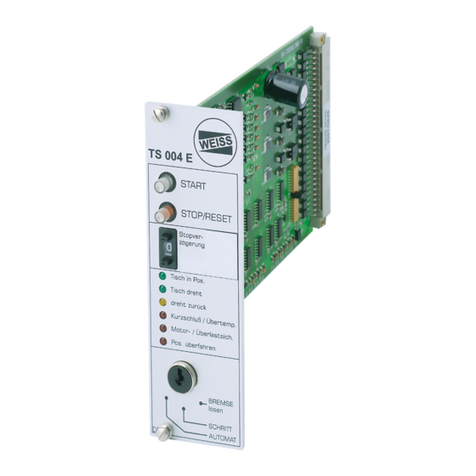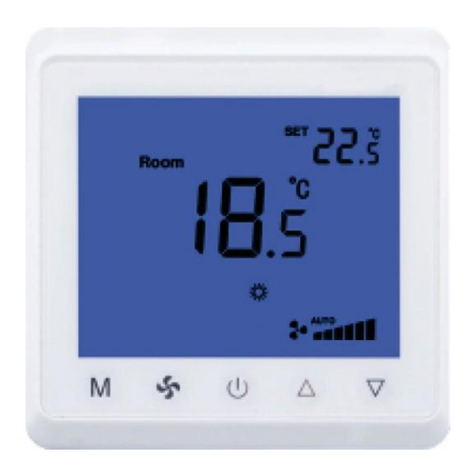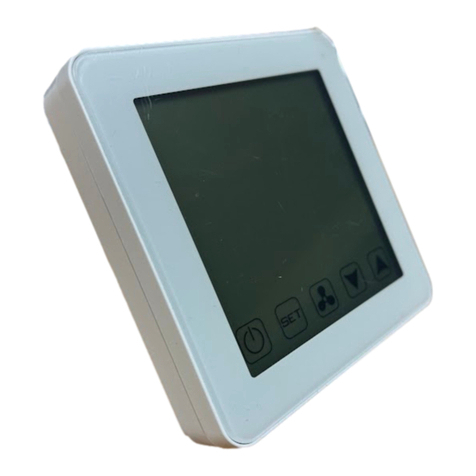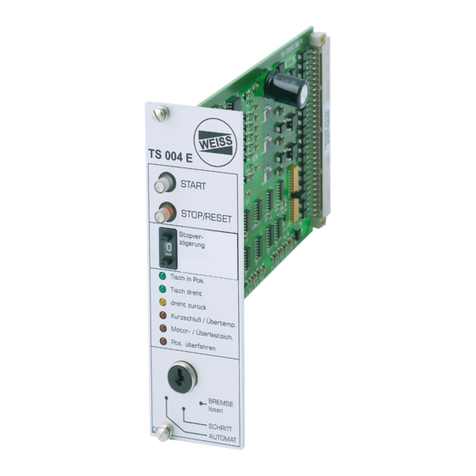
Manual R06-2016
4 / 172
ROTARY INDEXING TABLE CONTROLLER EF2...B
4.4 Time sequence diagrams .................................................................................................................... 39
4.4.1 Example for time sequence diagram of the signal "Start cycle CW" .................................................... 39
4.4.2 Example for time sequence diagram of the signal "Start level CW" .................................................... 40
4.5 Interface assignment D410-2 ............................................................................................................... 41
4.5.1 Interface X120 ..................................................................................................................................... 41
4.5.2 Interface X121 ..................................................................................................................................... 42
4.5.3 Interface X124 ..................................................................................................................................... 42
4.5.4 Interface X127 ..................................................................................................................................... 43
4.5.5 Interface X130 ..................................................................................................................................... 43
4.5.6 Interface X131 ..................................................................................................................................... 44
4.6 Interface assignment TM15 ................................................................................................................. 45
4.6.1 Interface X520 ..................................................................................................................................... 45
4.6.2 Interface X521 ..................................................................................................................................... 45
4.6.3 Interface X522 ..................................................................................................................................... 46
5 SAFETY FUNCTIONS ................................................................................................................................... 47
5.1 Integrated safety functions (SIL2) ........................................................................................................ 47
5.2 Extended safety functions (SIL3) ......................................................................................................... 47
6 INSTALLATION ............................................................................................................................................. 51
6.1 External braking resistor (option) ......................................................................................................... 51
6.1.1 Dimensions, hole patterns ................................................................................................................... 51
6.1.2 Mounting / Connecting the braking resistor ......................................................................................... 54
6.2 Power Module PM240-2; frame size FSA / FSB ..................................................................................55
6.2.1 Dimensions, hole patterns ................................................................................................................... 56
6.2.1.1 Frame size EF2037 to EF2220 ................................................................................................ 56
6.2.1.2 Frame size EF2300 ................................................................................................................. 57
6.2.2 Mounting the shielding plate ................................................................................................................ 58
6.2.3 Mounting / Connecting the power module ........................................................................................... 59
6.2.4 EMC-compliant installation .................................................................................................................. 60
6.2.4.1 Power mains connection 1 AC 200 V - 240 V / 0.37 kW ......................................................... 61
6.2.4.2 Power mains connection 3 AC 380 V - 480 V / 1.5 kW ........................................................... 62
6.2.4.3 Power mains connection 3AC 380 V - 480 V / 2.2 - 3.0 kW .................................................... 63
6.2.5 Connecting the motor .......................................................................................................................... 64
6.2.5.1 Permissible motors .................................................................................................................. 65
6.2.5.2 Motor connection PM240-2, frame size FSA ........................................................................... 65
6.2.5.3 Motor connection PM240-2, frame size FSB ........................................................................... 66
6.3 Brake Relay ......................................................................................................................................... 67
6.3.1 Mounting the brake relay ..................................................................................................................... 67
6.4 Safety relay .......................................................................................................................................... 68
6.4.1 Mounting Safety Relay 3SK1122-1CB41 ............................................................................................. 68
6.5 Terminal Module TM15 ........................................................................................................................ 69
6.5.1 Mounting Terminal Module TM15 ........................................................................................................ 69
6.6 SIMOTION D410-2 Control Unit .......................................................................................................... 70
6.6.1 Mounting the control unit ..................................................................................................................... 70
6.6.2 Inserting the CF card ........................................................................................................................... 71
6.6.3 Creating a shield connection ............................................................................................................... 72
7 EF2 - PC CONNECTION ............................................................................................................................... 73
7.1 Presettings ........................................................................................................................................... 73
7.2 Ethernet communication via TCP/IP (via switch) ................................................................................. 75































